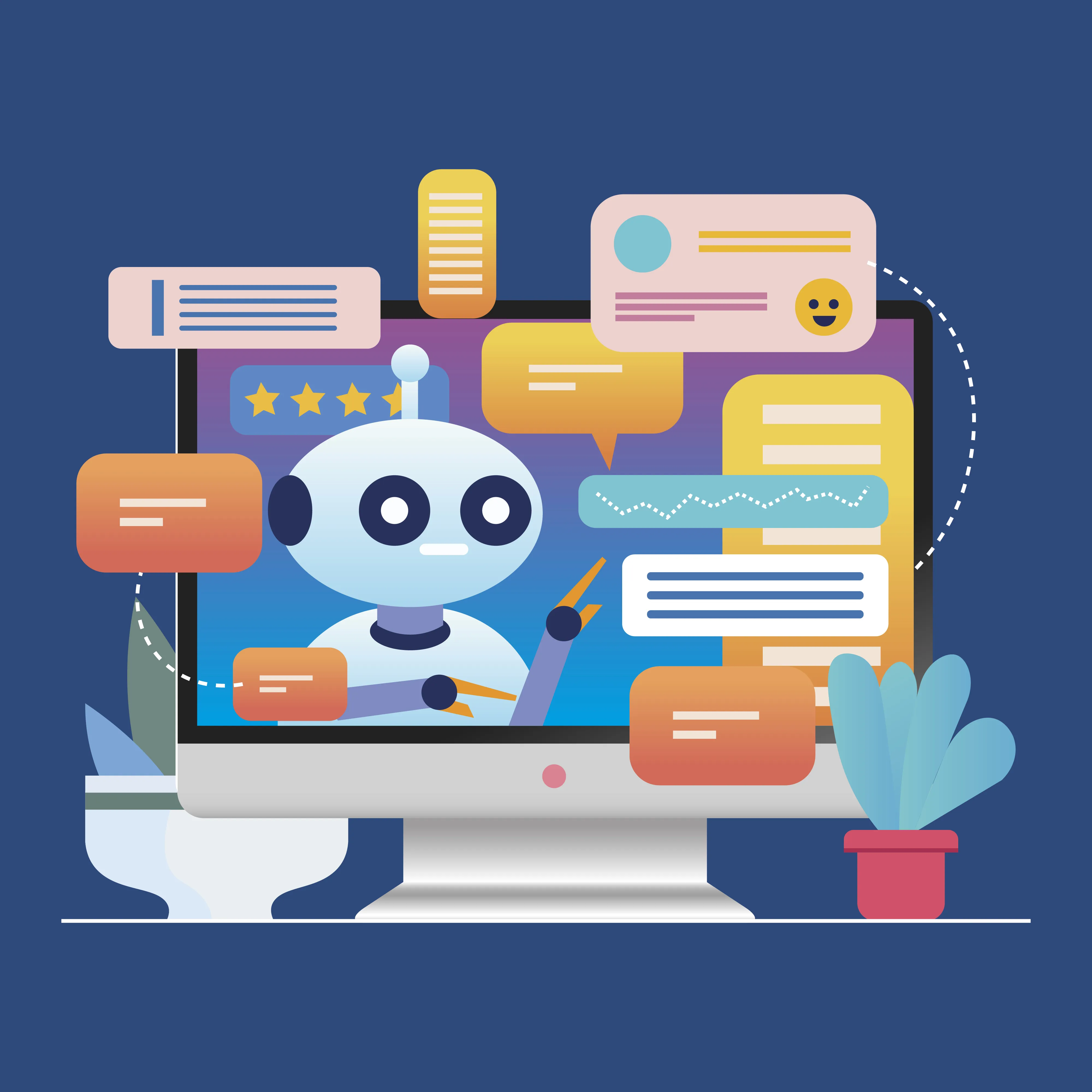The world is entering an unrivalled era of digital creation, where (AI) artificial intelligence can generate content that is nearly indistinguishable from human-made media. From written articles to hyper-realistic videos, AI-generated content and deepfakes are reshaping how we communicate, consume information, and build trust. While these innovations offer exciting possibilities, they also introduce serious ethical, legal, and reputational risks. World BI is organizing Brand Protection Congress again this year where this topic is going to be discussed.
What is AI-Generated Content?
AI-generated content refers to video, text, audio or images, created using AI (Artificial Intelligence) algorithms, particularly those powered by machine learning (ML) and natural language processing. Tools like:
- ChatGPT
- DALL-E
For Video Sora have made it Possible to Produce:
- Articles, blog posts, and stories
- Marketing copy and emails
- Digital art and designs
- Music and voiceovers
- Interactive experiences, like AI-powered video games
These tools can save time, reduce costs, and inspire creativity. However, they can also be misused to generate impersonations, misleading information, or unauthorized replications of a person’s likeness or voice.

What are Deepfakes?
Deepfakes are a subset of AI-generated content that use deep learning models, particularly (GANs) Generative Adversarial Networks, to create hyper-realistic but fake video or audio content.
Common examples of deepfake include:
- Videos where someone appears to say or do something they never did.
- Audio recordings mimicking someone’s voice.
- Face swaps in movies or online clips.
Initially used for harmless entertainment and satire, deepfakes have rapidly developed into tools that can mislead, defame, or manipulate.
Uses of Deepfakes
Deepfakes, media content created by AI technologies that are generally meant to be deceptive, have a variety of uses, both positive and negative. While they are often associated with misinformation and digital impersonation, they also have potential benefits in areas like entertainment, accessibility, and even counterterrorism. Major Hollywood studios are already using visual effects powered by AI in a myriad of creative ways, such as recreating famous historical figures or de-aging an older actor. For instance, the last Indiana Jones movie used proprietary “FaceSwap” technology to make the 82-year-old actor Harrison Ford look young again in a 25-minute flashback scene.
The Rise of Deepfakes and AI-Generated Content in Society
AI-generated content is now part of everyday life and people are using it to the fullest, some examples are:
- Journalism: Helps draft news stories and financial reports.
- Marketing: Brands use AI to personalize ads and generate promotional materials.
- Education: AI tutors and content generators support student learning.
- Entertainment: AI actors, writers, and musicians are entering mainstream media.
Deepfakes have become more accessible and convincing. With a smartphone and a few minutes, nearly anyone can create a video that looks authentic but is entirely falsified.
Risks and Challenges of Deepfakes and AI Content
1. Disinformation and Misinformation: It can be used to spread false narratives, disrupt elections, or provoke social unrest. AI-generated articles and images can lend credibility to fake news websites, increasing their influence.
2. Fraud and Scams: Deepfake audio has been used in cybercrimes to impersonate CEOs and authorize fake transactions.
3. Voice Cloning: AI voice cloning is also being used in phone scams to trick people into giving up sensitive information.
4. Reputation Damage: In just a few minutes, a deepfake film depicting a public figure acting inappropriately or illegally might go viral, irreversibly harming reputations before the information is shown to be untrue.
5. Intellectual Property Violations: AI can replicate voices, faces, and styles without permission. This raises legal concerns around copyright, trademark, and personality rights.
6. Erosion of Trust: People may begin to doubt all media content, as deepfakes become more realistic. This "liar's dividend" effect can make it easier for bad actors to dismiss real evidence as fake.
Real-World Examples
- Political Deepfakes: In several countries, altered videos have been released to influence elections. Some show candidates making offensive remarks or taking controversial stances.
- Celebrity Face Swaps: Social media is filled with AI-generated videos placing celebrities' faces onto actors in famous movie scenes, sometimes without consent.
- Corporate Scams: In one notable case, a CEO was tricked by a deepfake audio impersonating his boss and approved a $240,000 wire transfer.
The Legal and Ethical Landscape
Governments and organizations are beginning to respond:
- Regulation: Some countries have introduced laws requiring disclosure when content is AI-generated or manipulated.
- Platform Policies: Social media and video platforms are developing tools to detect and label AI content.
- Ethical Guidelines: AI developers and institutions are publishing responsible AI use policies to prevent misuse.
Combating Deepfakes and Misuse of AI Content
Detection Technology
Companies and researchers are developing tools that can spot manipulated content. These include:
- Watermarking AI-generated media
- Fingerprinting techniques
- Reverse video and audio searches
Media Literacy and Education
It's crucial to teach people to check and challenge content before sharing it. Understanding the warning indications of deepfakes (inconsistent lighting, blinking, and unnatural voice modulation) helps reduce the impact.
Authentication Tools
Blockchain and metadata-based verification tools are being tested to authenticate original media at the source. This ensures traceability and proves content integrity.
Legal Frameworks and Reporting Mechanisms
As technology improves, laws must also adapt. For laws to be enforceable and considerate of free speech, governments must work with tech companies and human rights groups.
Opportunities and Responsible Use
Despite the risks, AI-generated content has positive applications:
- Accessibility: AI can generate audio and video content for visually or hearing-impaired users.
- Creative Freedom: Artists and creators are using AI to expand their work in innovative ways.
- Cost Efficiency: Businesses can scale marketing, design, and communication efforts with AI tools.
The key is responsible innovation developing guidelines and ethical boundaries while exploring the benefits.
Way Forward
The future of AI-generated content and deepfakes is not inherently dystopian. Like any powerful technology, the outcome depends on how it's governed, used, and understood. Stakeholders must collaborate across sectors to ensure this technology enriches society rather than undermines it.
Key Recommendations:
- Governments should invest in regulation and education.
- Tech companies must prioritize transparency and content verification.
- Businesses should have protocols for identifying and responding to deepfake threats.
- Individuals need to remain vigilant and informed.

Conclusion
AI-generated content and deepfakes represent both an evolution in creativity and a new frontier in digital deception. Navigating this complex space requires awareness, resilience, and proactive measures. The tools that empower us to create also demand that we act with responsibility and integrity.
As we stand at the crossroads of innovation and ethics, one thing is clear: the ability to discern fact from fiction is more valuable than ever.
World BI Brand Protection Conferences
It is a global event uniting Brands Globally and IP, AI and Brand Protection leaders to explore advancements in Brand Protection. Brand Protection Congress organized by World BI focused on Patents, legal, Intellectual Property, Counterfeiting, Illicit Trade and Brand Protection Strategies, End to End Brand Protection, AI and deepfakes, this conference fosters innovation to enhance the efficient and secure brands.